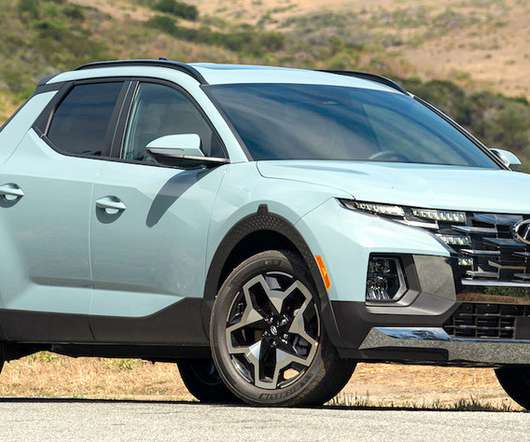New lifecycle analysis of WTW GHG emissions of diesel and gasoline refined in US from Canadian oil sands crude
Green Car Congress
JUNE 26, 2015
In a new, comprehensive study, a team from Argonne National Laboratory, Stanford University and UC Davis ITS has estimated the well-to-wheels (WTW) GHG emissions of US production of gasoline and diesel sourced from Canadian oil sands. g CO 2 e/MJ for US conventional crude oil recovery. This range can be compared to ∼4.4



















Let's personalize your content